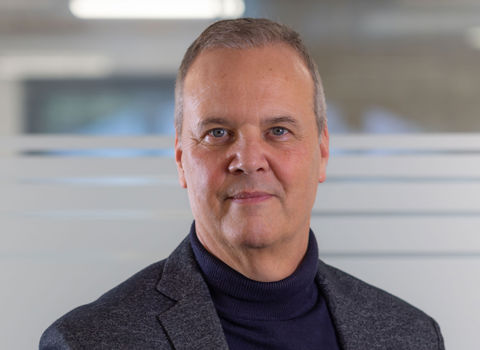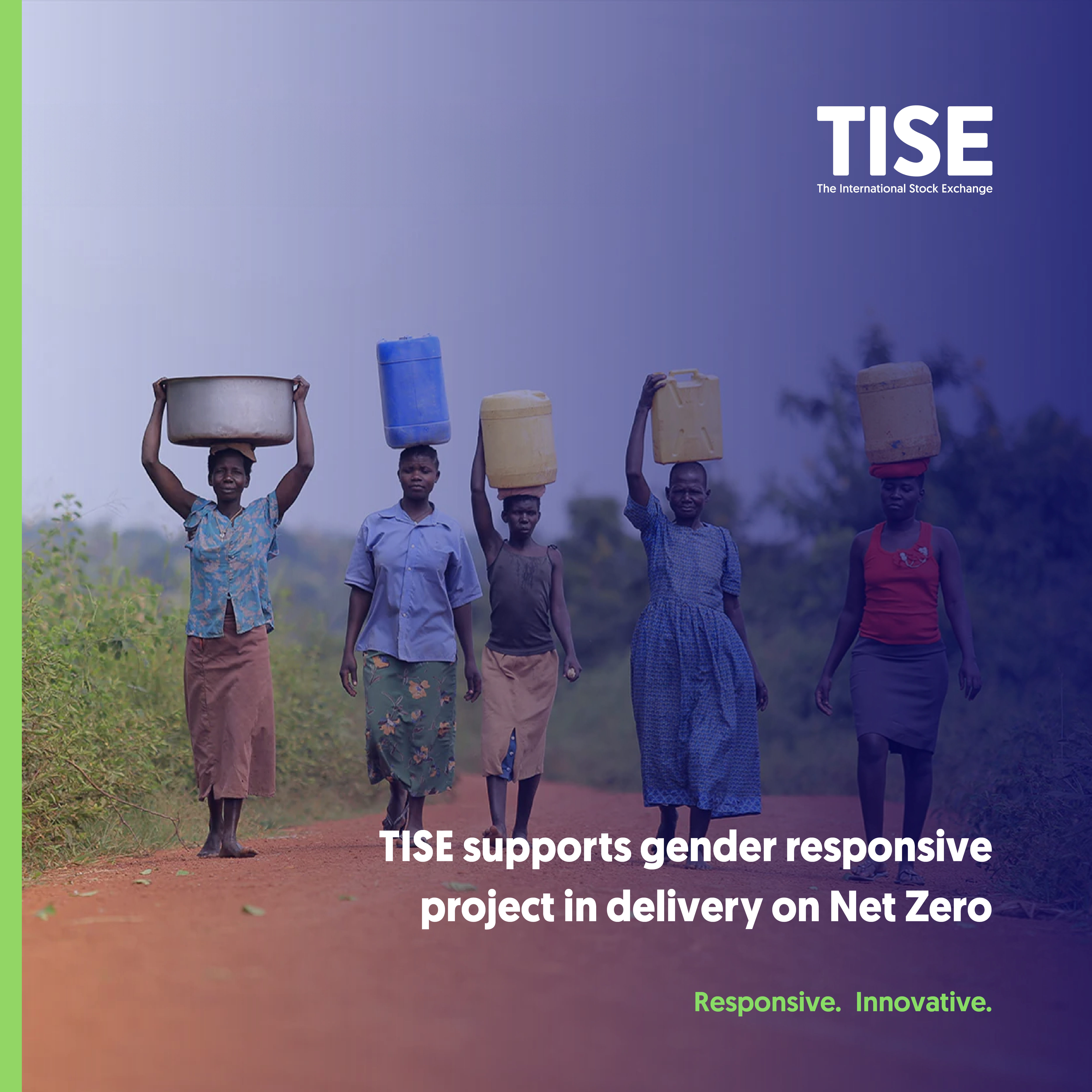The International Stock Exchange (TISE) is helping to finance a gender responsive safe water project in Uganda as part of meeting its carbon emissions targets and commitments.
Last year TISE embarked on the next phase of its corporate sustainability strategy by setting a target of being Net Zero on Scope 1 and 2 (operational) emissions by 2050. It also committed to take practical steps to minimise its Scope 3 (value chain) emissions, while offsetting any remaining Scope 3 emissions from 2022 onwards.*
Having undertaken a data gathering and benchmarking exercise for 2022 and 2023, TISE has reported a small reduction in its Scope 1 & 2 emissions, although Scope 3 emissions increased as it collected and reported on more sets of data (including purchased goods such as data centres, promotional merchandise and client events).
Cees Vermaas, CEO of TISE, said: “It is pleasing to report a small reduction in our Scope 1 & 2 emissions as we seek to reach Net Zero by 2050, and while Scope 3 emissions have increased as we measure and monitor more parts of our value chain, I am delighted that these have been offset through our support of this impressive initiative in Uganda. The project was a natural choice because it not only helps to reduce carbon emissions and improve access to clean water but delivers significant gender equality impacts, which aligns with this year’s wider staff fundraising activities for charities supporting those experiencing domestic abuse.”
Launched in 2019, the Lango Safe Water Project aims to improve safe access to clean water and was the first project to be certified under the Gold Standard’s Gender Responsive Framework.
"I am delighted that these have been offset through our support of this impressive initiative in Uganda."
Since then, as well as reducing CO2 emissions by 50,000 tonnes per year (because communities no longer need to burn firewood to boil water) and ensuring the 40,000 people now have safe access to clean water (removing hazards and improving health outcomes), it has also delivered significant gender equality impacts.
These include the near equalisation of gender representation on the local Water Resource Committee, reducing reported incidents of water collection related domestic violence to zero, and freeing up time saved for more productive activities.
Mr Vermaas added: “We all have a responsibility to secure the future of our planet and at TISE, we are committed to playing our role by operating the business in a manner which is sustainable over the longer term. I look forward to continuing the collaborative work with both internal and external stakeholders to ensure that we consistently deliver on our Net Zero targets and commitments.”
For more information, see TISE’s Corporate Sustainability Statement which is available here.
*Key terms
Net Zero
Net zero emissions refers to achieving an overall balance between greenhouse gas (GHG) emissions produced and GHG emissions taken out of the atmosphere.
Emissions
Scope 1: Includes all emissions that come directly from a company’s operational sites e.g. gas / oil boilers, back-up generators, refrigerant gases from air-conditioners.
Scope 2: An organisation’s indirect emissions from energy usage e.g. purchasing of electricity from a third-party supplier.
Scope 3: All indirect emissions that an organisation creates throughout its value chain, including employee commuting, business travel, waste generation and purchased goods and services.
Offsetting
A carbon offset refers to a reduction in GHG emissions – or an increase in carbon storage (e.g. through land restoration or the planting of trees) – that is used to compensate for emissions which occur elsewhere.

Cees Vermaas
CEO

